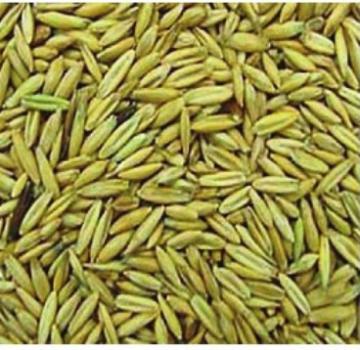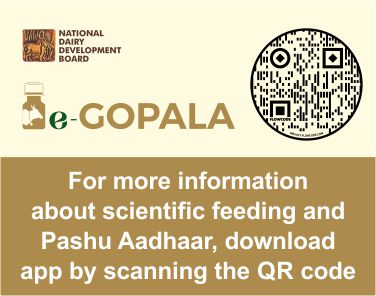
Oat (Avena sativa)
Oat is a minor grain and is likely to become less important as a feedstuff for animals. Oat is of low importance simply because the yield per hectare is much lower than other grains. For a farmer it would be economical to produce oat, if the price per ton is higher than that of other grains to compensate for the lower yield; otherwise there is no economic incentive to grow oat. The use of oat as animal feedstuff may decline in future, but it may become more important in human nutrition due to the presence of soluble fibre which has favourable effects to reduce serum cholesterol.
Nutritive value
It is a feed of choice for feeding horses. It can be fed to the ruminants also, but is less suitable for poultry and pigs because of the high fibre content. Oats are a low energy grain because of their low starch and high fibre content. The nutritive value of oats depends to large extent on the proportion of kernel to hull. The proportion of hull in the whole grain depends upon the variety, environment and season and can vary from 23-35%. Oats of high hull content are richer in crude fibre and have a lower metabolisable energy value than low hulled oats. The soft physical nature of the hull and high oil content contribute to the high palatability of oats. The crude protein content ranges from 8-12% and TDN 70-73%. Oats have the highest quality protein of any cereal grain and often have higher protein content and the amino acid distribution is the most favourable of any of the cereal grain. Still oat proteins are deficient in the essential amino acids like methionine, histidine and tryptophan. The lysine content is also low, but is slightly higher than that of the other cereal grains. The oil content of oats is higher than (5% oil) that of most of the cereal grains and about 60% of it is present in endosperm. The oil is rich in unsaturated fatty acids and has a softening effect on the body fat. Oat grain has a higher mineral content than other grains. It should be given crushed to the ruminants and ground to the poultry and pigs.
